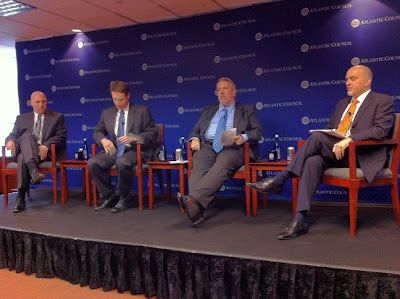 It's time to name the winner of the Best Book Bejtlich Read award for 2012!
It's time to name the winner of the Best Book Bejtlich Read award for 2012! I started seriously reading and reviewing digital security books in 2000. This is the 7th time I've formally announced a winner; see my bestbook label for previous winners.
I posted yesterday that 2012 was the year I changed what I read. For example, in 2011 I read and reviewed 22 technical books. In 2012, which a change in my interests, I only read and reviewed one technical book. Thankfully, it was a five star book, which means it is my BBBR 2012 winner!
As you might have figured out yesterday, this year's winner is SSH Mastery by Michael W Lucas. Feel free to read my Amazon.com review for details. Note that I bought a Kindle version from Amazon.com, and later MWL mailed me a print copy.
Besides the excellent style and content, one of the reasons I read the book was to experience MWL's first release of a self-published technical book. I think it was a successful endeavor, although I'm not prepared to try that route myself anytime soon.
If I were to name my favorite non-technical book I read in 2012, it would be For the President's Eyes Only: Secret Intelligence and the American Presidency from Washington to Bush by Christopher Andrew. I enjoyed learning more about American history through the eyes of the intel world, but I was shocked by how poorly most presidents understood and (mis)used intelligence.
I'm probably done reading and reviewing technical books, so I consider this to be the final BBBR post. I have over 100 possible (mainly nontechnical) books to read on my Kindle now (in Sample form), but I doubt I will review them when done.
Good luck reading in 2013!







 I recently received the following via email:
I recently received the following via email: 

 Last month a squadron commander asked me to recommend books for his commander's reading list. After some reflection I offer the following.
Last month a squadron commander asked me to recommend books for his commander's reading list. After some reflection I offer the following. 





 I spent a few minutes just now thinking about the digital security issues that people periodically raise on their blogs, or on Twitter, or at conferences. We constantly argue about some of these topics. I don't think we'll ever resolve any of them.
I spent a few minutes just now thinking about the digital security issues that people periodically raise on their blogs, or on Twitter, or at conferences. We constantly argue about some of these topics. I don't think we'll ever resolve any of them.  I just read a blog post (no need to direct traffic there with a link) that included the following content:
I just read a blog post (no need to direct traffic there with a link) that included the following content:  People often ask me how to tell if they might be victims of
People often ask me how to tell if they might be victims of 








 It turns out my April post
It turns out my April post 










